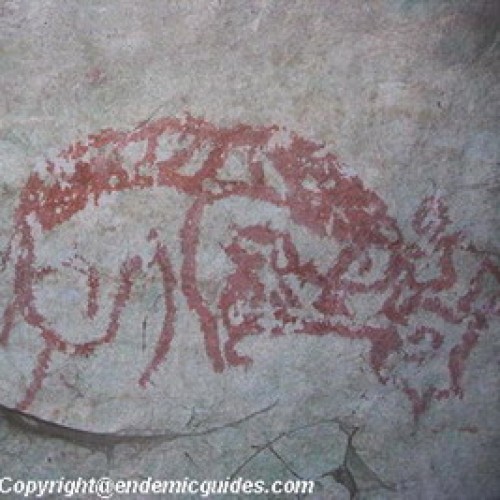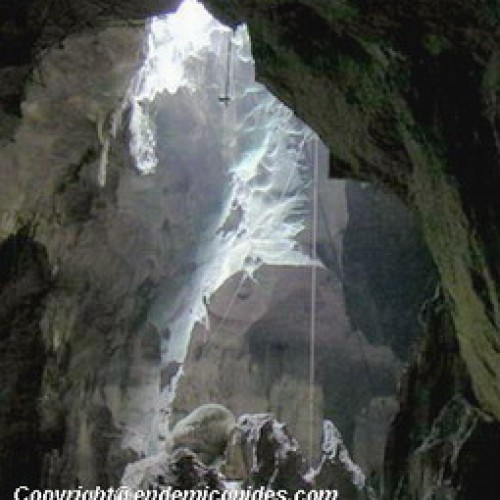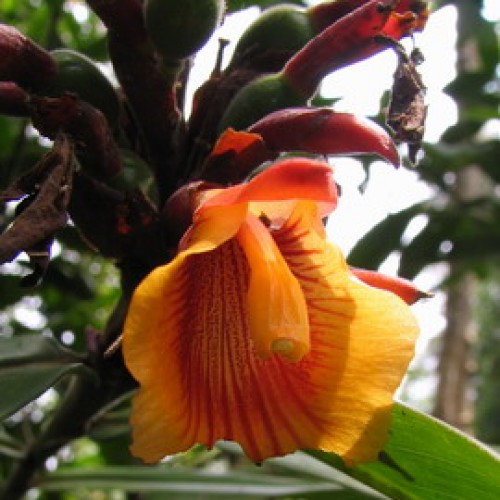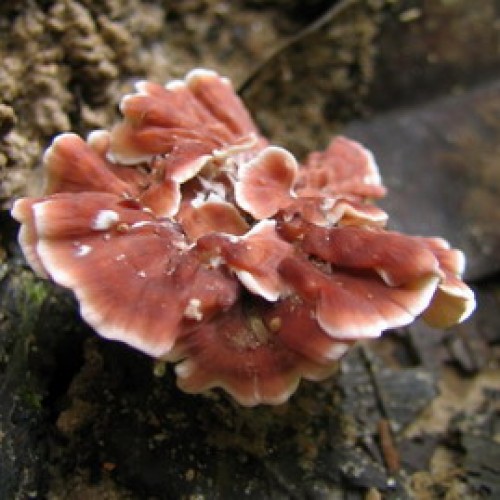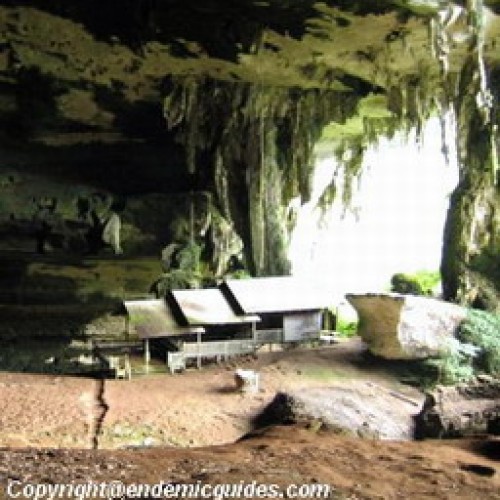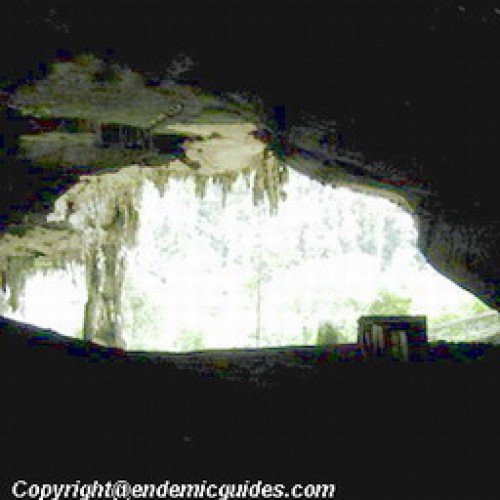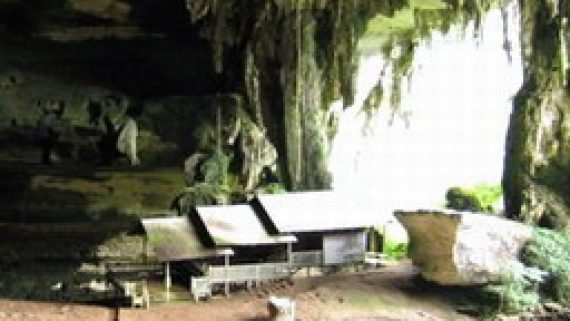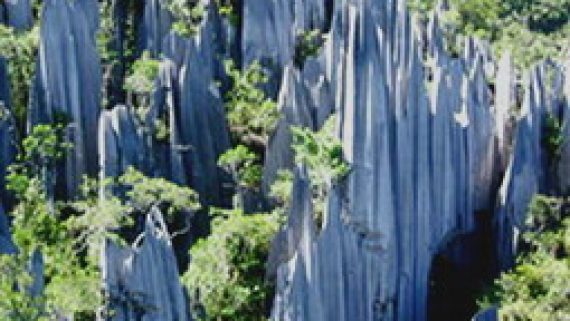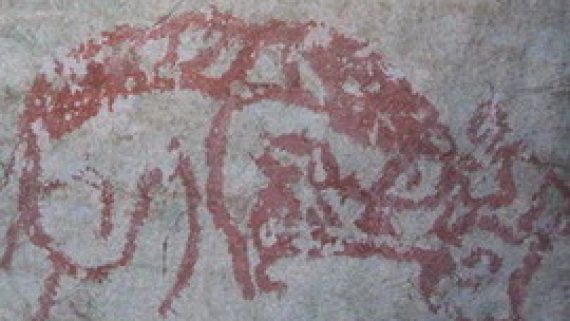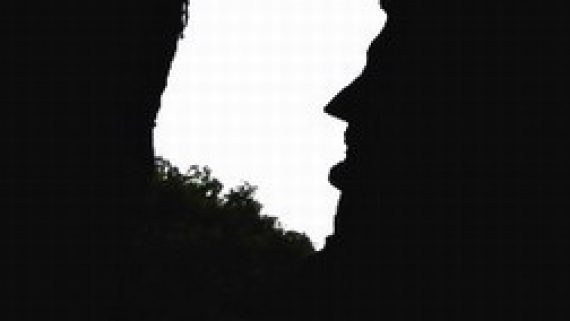Gua Niah National Park, Sarawak
Introduction and History
Although it is one of Sarawak’s smallest national parks, it is certainly one of the most important and unusual attractions to visitors. What is most interesting about Niah is that one of the main claims to fame is the birthplace of civilization in the region. The oldest modern human remains in Southeast Asia along with many other relics of prehistoric man were discovered about 40,000 years ago, making the park one of the most important archaeological sites in the world.
The park has a size of 3,140 hectares of forest and limestone karst areas. It was first gazetted as a National Historic Monument in 1958 and on 23 November 1974 was gazetted as National Park and open to public on 1 January 1975.
In 1958, a discovery was made which confirmed Niah as a site of major archaeological significance. Led by Tom Harrison, he and his team unearthed a skull at the West Mouth of the Great Cave, which was estimated to be 40,000 years old. It was the skull of a modern human (Homo sapiens). Apart from that, plenty of human settlements in the area like tools, cooking utensils and ornaments, made of bone, stone or clay were found. These items found suggested that a long period of settlement reaching back into the palaeolithic era (the earliest part of the Stone Age).
Besides that, the Sungei Subis (Subis river) flows along the park’s western border. Not forgetting a large, almost vertical limestone massif, Gunung Subis (Mount Subis), which rises from the plain little above sea level and covers about 60% of the area? The limestone was originally formed as a coral reef in the Lower Miocene. Later it was uplifted and modified by faulting and erosion.
There are several hundred caves within the park boundaries. The two most interesting and famous ones are Gua Niah (Niah Great Cave) and Kain Hitam (Painted Cave). Both are immense archaeological interest and have been declared as National Historical Monuments.
The accessible way to the Caves is via a raised plank walk that winds through lowland forest vibrant with birds and butterflies. Today the Cave is home only to bats, swiftlets and other specially adapted forms of life. However, a few locals still venture into the dark interior to collect guano (bird and bat droppings used as fertilizer) and bird’s nest.
Apart from the Caves, visitors can explore several kilometers of forest trails to feel the richness of tropical rainforests, climb a 400m tall limestone ridge or visit an Iban longhouse located near the Park boundary. Visitors can also rent a boat or walk along the river from Park headquarters to Batu Niah town.
Flora and Fauna
It is worth taking your time and walking quietly along the way, as you may well see some of the park’s wildlife. If you leave the Great cave and return along the plank walk around clouds intermingling, you can see half a million of swiftlets are returning to their nests, whilst half a million bats fly out to forage in the forest. This is one of Niah’s most spectacular sights which represent only a small niche in the earth complex ecosystem. One of Niah’s other notable sights is the unusual number of luminous fungi that growth at dark night.
Colourful birds, squirrels, lizards, butterflies and all manner of unusual insects and invertebrates are commonly seen. Cave creature like Cave Spider, Cave Cockroaches, Cave Bats, cave snake and frogs. If you are lucky, you may see monkeys, flying lizards and the occasionally hornbill.
Attraction and Activities
The Great Cave as the name suggests, is an enormous cavern. Situated approximately 3 km from the Park Office and is easily reached via the plank walk, which is enclosed, on both sides by dense primary rainforest. The walk alone is fascinating in its own right, as you pass close to giant Tapang trees (Koompassia excelsa) with their enormous buttressed roots, pandanus plants twice the size of a person and colourful exquisitely formed orchids and tree fungi.
The Great cave is not only important archaeological site, where it was inhabited by man for 40,000 years, but the cave is also full bats and birds, especially the Black-nest Swiftlets. Locals usually collect the nests of this bird to cook birds’ nest soup.
Like other caves in Sarawak it has extremely big chambers and passages. The cave system has eight entrances. The west entrance, also called West Mouth, is one of the world’s most spectacular cave entrances with over 60m high and 250m wide, leading to an even larger chamber within. Proceeding into the cave, the sound of disembodied voices mingles with the squeaking of million of bats and swiftlets to create an eerie atmosphere. The voices belong to the guano (bird and bat excrement) covering the cave floor. The guano is then carried in sacks to the Sungai Niah, where it is graded and sold as fertiliser.
Moon Cave where you can see beam of sunlight shines through an opening at the limestone roof top. After the dark section with bats you will then reach the eastern entrance. The first significant rock formation you reach is the Trader’s Cave, which is really an extended rock overhang rather than a cave proper. This is where the birds nest and guano traders conduct their business, hence name over the trader.
The passage at the back of the Great cave leads to the large chamber known as ‘Padang’ where shafts of sunlight stream down from the large holes in the cave roof to illuminate the bizarre rock formations in the Burnt Cave. This is another excellent spot for taking photos. After the Padang, the cave passage becomes pitch black and it is here that you will need the flashlight, not only to find your way along the plank walk but to view the extraordinary shapes and weathering effects found in the Moon Cave.
Painted cave are very near to Moon Cave, the plank walk pathway through the forest leads you to the Painted Cave. Here, you can see little spread-eagled human-like figures drawn in red hematite watch over a gravesite where the bodies of the dead were each laid in its own boat-shaped coffin. It probably represents warriors and hunters and some of the animals of the souls of the deceased on the dangerous journey to the land of the dead. The drawings have been dated as ranging between 1AD and 780 AD.
It is worth spending some time at the Painted Cave, even though the burial site at the cave is far more recent than those at the Great Cave. Nevertheless, it is no less important as it offers a clear insight into the development of the traditional religions of Borneo.
Half million swiftlets that live in the cave and make their nests purely from their own salivary secretions and when the nests are cleaned and cooked, they produce the famous birds nest soup, which is as highly regarded in Chinese cuisine as caviar is in the West. You will notice strategically positioned bamboo poles and ladders in the cave buried vertically. Birds nest collector will then climb up the bamboo ladders to harvest the birds nest. Local people have practiced this dangerous occupation for generations who earn a living from the cave.
Niah National Park is a great place for jungle exploration too. The Park has two clearly marked walking trails to ease your trekking session. They are Jalan Bukit Kasut and Jalan Madu. Remember to bring some supply of food before going off on one of these trails. Apart from jungle trekking or forest exploration, you can also choose to go on mountain climbing where you will have the chance to scale a 400 meters of limestone ridge.
This trail (green and white markings) leads to the summit of Bukit Kasut. The 45 minutes walk passes through beautiful primary rainforest before moving into Kerangas forest at the foot of the hill. You will also see some fascinating cliff vegetation clinging tenuously to life in the steep limestone slopes. The trail is a little steep but the view at the top is worth it, offering a sweeping panorama of the rainforest canopy.
This trail (red and white markings) sticks quite close to the banks of the Sungai Subis, a tributary of the Sungai Niah. It takes roughly an hour and passes through both alluvial and peat swamp forest. There are plenty of wild orchids, bizarre mushrooms and giant pandanus plants along the side of the trail.

